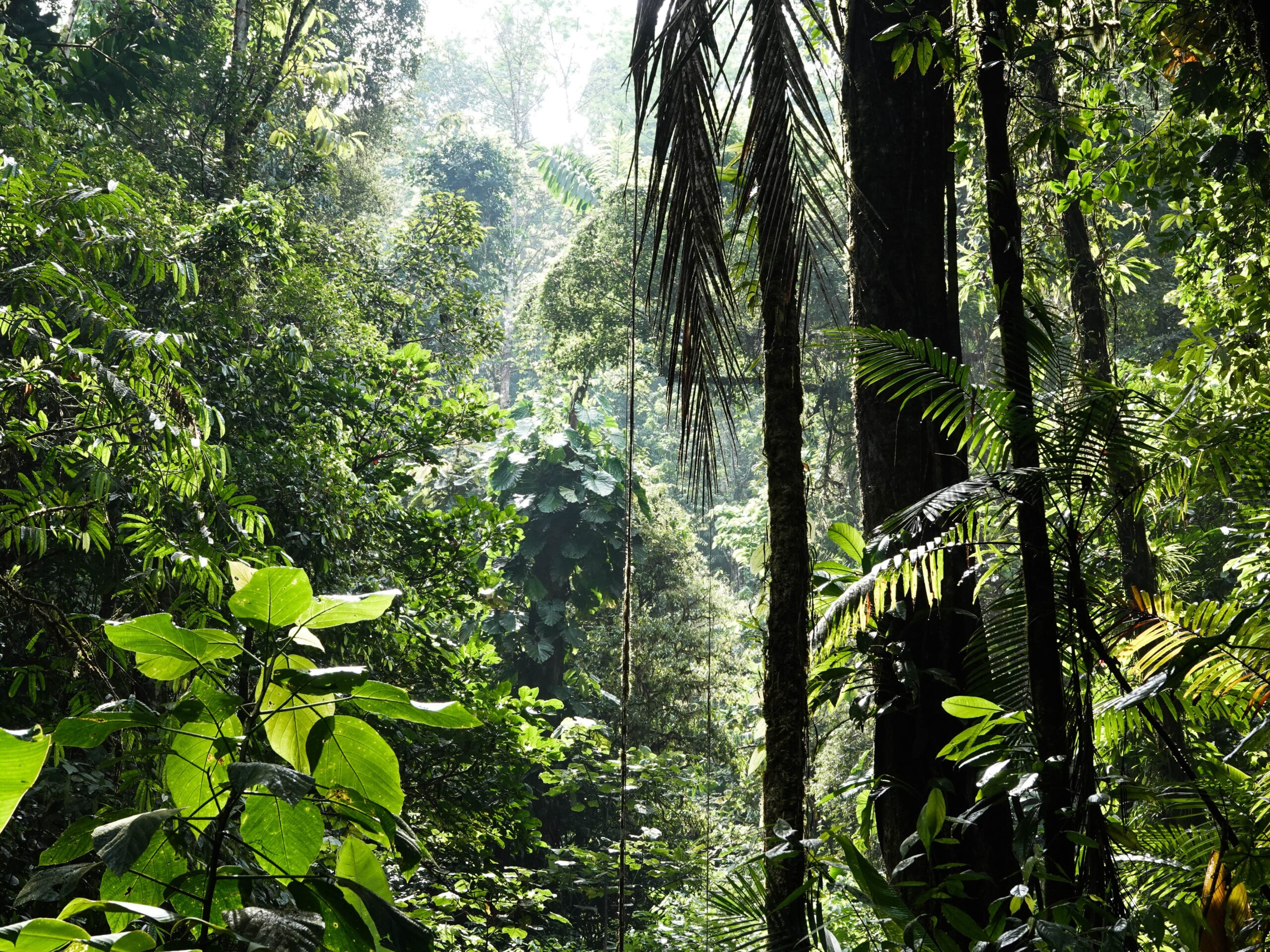
Imagine taking a refreshing dip in a cool lake on a hot day, only to find it murky, smelly, and littered with trash. Or picture turning on your tap for a glass of water, but it comes out cloudy and with an odd taste. This isn’t a scene from a dystopian movie – it’s the reality of water pollution happening in communities around the world right now. Our rivers, lakes, and oceans – the very sources of life – are under threat.
Water pollution means harmful stuff is getting into our water, making it unsafe for us, for animals, and for the environment. It’s a massive problem, but it’s not too late to act. Let’s dive into what’s causing this pollution, what dangers it brings, and most importantly, how we can all join the fight for clean waterways.
I. Where Does Water Pollution Come From? Tracing the Mess
Water pollution isn’t just one thing; it comes from many places, like a puzzle with lots of dirty pieces. Knowing where it comes from helps us stop it at the source. The main culprits are:
Factories and Industries, The Chemical Culprits:
Imagine factories churning out goods – they also create waste. If this waste isn’t treated properly, it can be full of nasty chemicals, heavy metals (like lead and mercury), and oil. When factories dump this polluted wastewater into rivers and lakes, it’s like poisoning our waterways directly. Think of a river suddenly turning strange colors or all the fish dying – that’s often a sign of industrial pollution. Regulations are in place to stop this, but not everyone follows the rules.
The Flint River crisis in Michigan stands as a stark example. In 2014, inadequate treatment of industrial and urban water led to lead leaching from pipes, poisoning the city’s water supply and causing severe health issues.
Farms: The Fertilizer and Animal Waste Problem:
Farms are essential for food, but they can also contribute to water pollution. Farmers use fertilizers to help crops grow and pesticides to protect them from bugs. When it rains, these chemicals can wash off fields and into rivers and streams. Animal waste from farms is another big issue. If not managed well, manure from cows, pigs, and chickens can run off into waterways, carrying harmful bacteria and excess nutrients. These nutrients, especially nitrogen and phosphorus, cause big problems (more on that later!).
The Gulf of Mexico’s “dead zone” vividly illustrates this. Agricultural runoff from the Mississippi River, laden with fertilizers, creates massive algal blooms that deplete oxygen, killing marine life.
Cities and Towns, Sewage and Street Runoff:
We all create wastewater when we flush toilets, shower, and wash dishes – this is sewage. Wastewater treatment plants are supposed to clean this sewage before releasing it back into the environment. However, these plants aren’t perfect. Sometimes, especially during heavy rains, they can get overwhelmed and release partially treated or even raw sewage into waterways. Also, think about city streets. Rainwater washes over roads, parking lots, and sidewalks, picking up oil, grease, trash, chemicals, and even pet waste. This “urban runoff” then flows into storm drains and often directly into rivers and lakes, carrying all that grime.
Manila Bay in the Philippines suffers from severe urban pollution. Untreated sewage and plastic waste have decimated its ecosystem, impacting local livelihoods.
Construction Sites and Mines, Dirt and Nasty Drainage:
Building sites can be surprisingly polluting. When land is cleared for construction, soil erosion becomes a big problem. Rain washes tons of dirt and sediment into nearby streams, clouding the water and harming aquatic life. Mines, especially old or poorly managed ones, can release very acidic water (called acid mine drainage) that’s full of heavy metals. This drainage can severely pollute rivers and groundwater.
II. What’s the Dirty Stuff? Major Water Contaminants
So, what exactly are these “harmful substances” that pollute our water? They come in different forms, but some of the worst offenders are:
Chemicals, The Invisible Poisons:
This is a huge category. Think about pesticides and herbicides from farms and lawns – they’re designed to kill pests and weeds, but they can also harm other living things in the water. Industrial chemicals like solvents and heavy metals are toxic and can build up in the bodies of fish and other creatures, eventually even reaching us if we eat contaminated seafood. Even everyday pharmaceuticals and personal care products (PPCPs), like medications we flush down the toilet or chemicals in lotions, are showing up in our water and their long-term effects are still being studied.
Bacteria and Viruses, The Germ Warfare:
These are biological pollutants – tiny living things that can make us very sick. They mainly come from sewage and animal waste. Think of E. coli, Salmonella, Giardia – these are pathogens that can cause nasty waterborne diseases like diarrhea, vomiting, and even more serious illnesses like cholera and typhoid fever. Swimming or drinking water contaminated with these pathogens is a direct health risk.
Nutrients, When is Too Much of a “Good” Thing:
Nitrogen and phosphorus are nutrients that plants need to grow, and they’re found in fertilizers and sewage. But too much of these nutrients in water causes a problem called nutrient pollution. It’s like overfeeding algae and aquatic plants. They grow like crazy, forming huge algal blooms that can cover entire lakes and rivers. When these blooms die and decompose, they use up all the oxygen in the water, creating “dead zones” where fish and other aquatic life suffocate and can’t survive. Some algal blooms are even toxic themselves, producing poisons harmful to humans and animals!
Sediment, The Water Clouders:
Sediment is just dirt, sand, and minerals that wash into water, often from construction, farming, and erosion. While natural sediment happens, too much from human activities is pollution. It makes the water cloudy, blocking sunlight that aquatic plants need to grow. It can also smother fish eggs and clog the gills of fish.
The Great Barrier Reef is threatened by sediment runoff. Agricultural practices contribute to sediment that clouds the water, damaging coral ecosystems.
Plastic, The Everlasting Litter:
Plastic pollution is everywhere, and water is no exception. Plastic bags, bottles, fishing gear, and countless smaller pieces end up in our waterways, especially oceans. Larger plastic can entangle animals, and all plastic breaks down into microplastics – tiny plastic bits that are now found everywhere, even in drinking water and seafood. We’re still learning about the long-term impacts of microplastics on health and ecosystems.
III. The Ripple Effect: Devastating Consequences of Water Pollution
Water pollution isn’t just an eyesore; it has serious consequences that ripple outwards, affecting everything:
Human Health, Sick from Dirty Water:
The most direct impact is on our health. Drinking or even swimming in polluted water can make us seriously ill. Waterborne diseases are a major killer worldwide, especially in places with poor sanitation. Long-term exposure to chemical pollutants in water can also lead to chronic illnesses, like cancer and developmental problems. Safe drinking water is a basic human right, and pollution undermines this right.
Ecosystems in Crisis, Nature Suffers:
Aquatic ecosystems are incredibly sensitive to pollution. Polluted water can destroy habitats, kill fish and other aquatic animals, and disrupt entire food chains. Imagine coral reefs dying off from pollution, or entire lakes becoming “dead zones” devoid of life. This loss of biodiversity weakens ecosystems and makes them less resilient.
Economic Hit, Money Down the Drain:
Water pollution costs us money in many ways. Think about:
4. Turning the Tide: Fighting for Clean Waterways
The good news is, water pollution is a problem we can solve. It requires effort from everyone – governments, industries, communities, and individuals. Here’s how we fight back:
Strong Rules and Smart Policies:
Governments play a key role in setting and enforcing regulations that limit pollution from industries and farms. Laws like the Clean Water Act are essential. Policies that promote sustainable agriculture and responsible industrial practices are also crucial. International cooperation is needed too, as pollution doesn’t respect borders.
India’s “Namami Gange” program demonstrates the need for strong government policy.
Tech to the Rescue, Innovative Solutions:
Technology is giving us powerful tools to combat water pollution. Advanced wastewater treatment plants can remove more pollutants than ever before. Real-time water quality sensors can detect pollution incidents quickly. Bioremediation – using natural organisms to clean up pollutants – is another promising approach. Innovation is key to cleaner water.
Australian efforts to restore coastal wetlands show the use of natural systems to filter pollutants.
Everyone’s Part, Individual Action and Community Power:
Big changes start with small actions. Conserving water at home reduces the strain on wastewater systems. Properly disposing of waste, especially hazardous materials, prevents them from reaching waterways. Reducing our use of chemicals in our homes and gardens lessens runoff pollution. Supporting businesses and products that are environmentally friendly sends a message to the market. Getting involved in community cleanups and advocating for clean water policies are powerful ways to make a difference together.
The cleanup efforts in Manila Bay, involving community participation, illustrate the power of collective action.
Conclusion: Our Shared Water, Our Shared Responsibility
Water pollution is a serious threat, but it’s not an inevitable one. From factories and farms to our own homes, pollution sources are diverse, and the contaminants are dangerous. The consequences are far-reaching, impacting our health, the environment, and our economies. But armed with knowledge, innovative solutions, and a commitment to action, we can turn the tide. The fight for clean waterways is a fight for a healthier future for all. What will you do today to be part of the solution? Start by learning more about local water issues and finding ways to get involved – every drop counts in the effort to clean up our world’s precious water.




